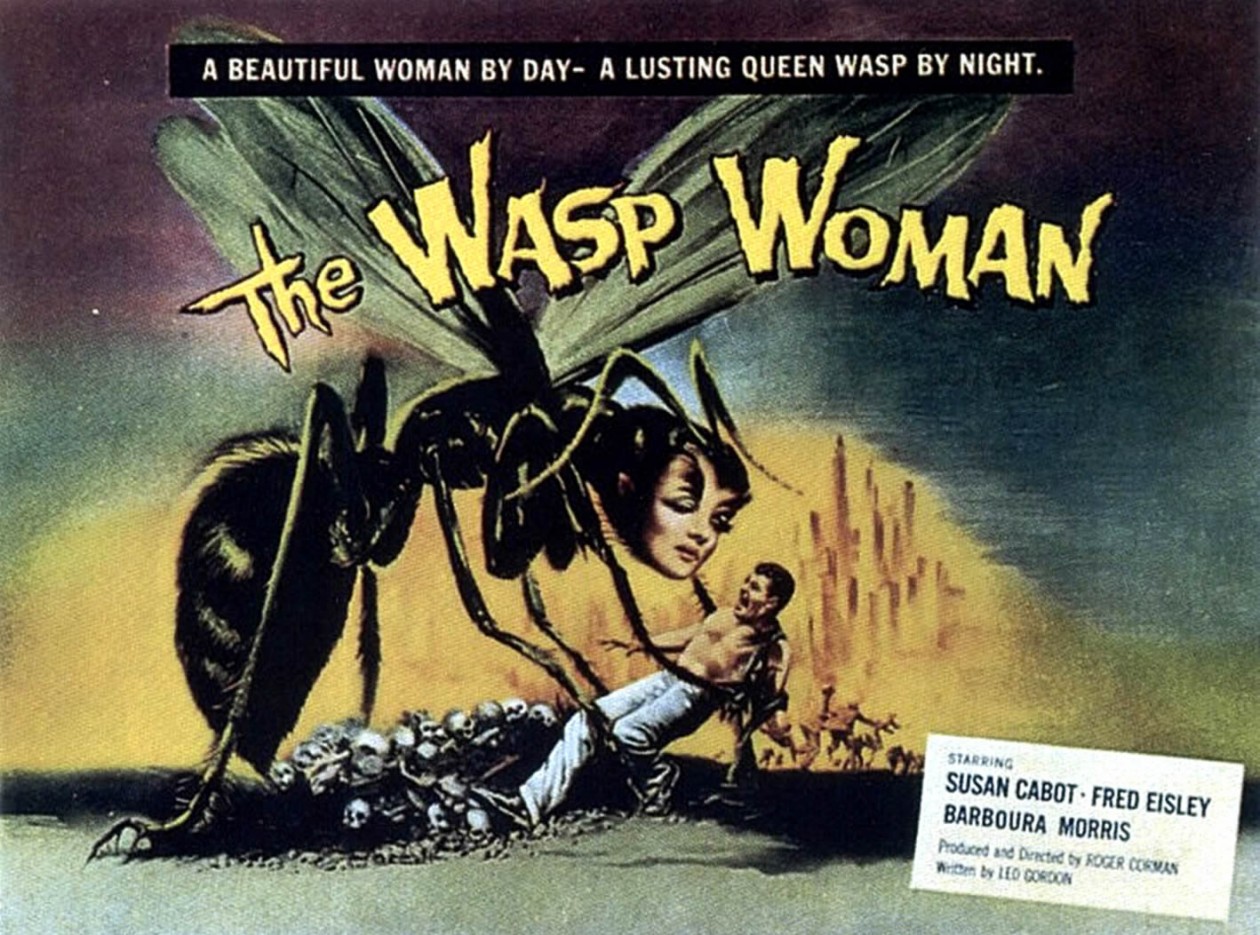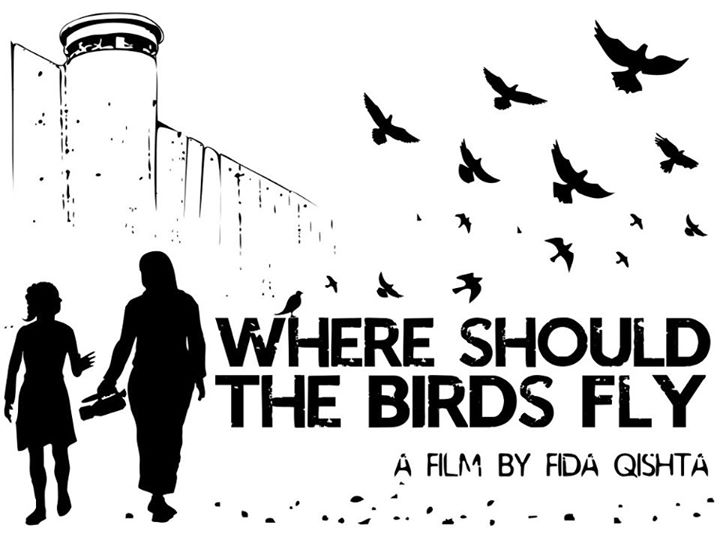There’s a subtle element to Boys Don’t Cry that I really think elevated the film and its intentions in creating a sympathetic biopic about a transgender subject: how the characters around Brandon refer to him. One of the first scenes in the film follows Brandon fleeing from some Lincoln residents and calling him a “dyke.” Right away, we have a clear sign of who the antagonists are and what defines them: their unwavering attempt to define another’s gender, even to the point of violence when that person does not share that same definition.
I realize that the class might be somewhat confused in how to refer to Brandon within the film (especially due to the fact that he’s played by Hilary Swank and at one point refers to himself as intersex). Given that he introduces himself as male to complete strangers and presents himself in a typically masculine fashion, I think it’s safe to say that he prefers to be called “he,” “him,” etc.
With this in mind, the other characters’ shift in pronoun use after they learn of Brandon’s biological sex marks their nature as ancillary protagonists or antagonists within the film. Lana is the only character unfaltering in her referring to Brandon as a “he.” (Like Ellen, I too noted the complaint the real-life Lana had when I did outside research and believe that Kimberly Peirce, the director, chose to reformat Lana into this role for its dramatic heft in the film’s conclusion.) Lana’s mom generally refers to Brandon as “it;” this is manifested in her complicit nature to Brandon’s murder, refusing to house Brandon after his rape and telling John and Tom of Brandon’s location. John and Tom, as primary antagonists, strictly misgender Brandon as “she.” In this film about freedom and identity, it’s rather fitting that those who serve as the antagonists are those who deny our protagonist the freedom to self-identify, a denial that ultimately proves fatal.

